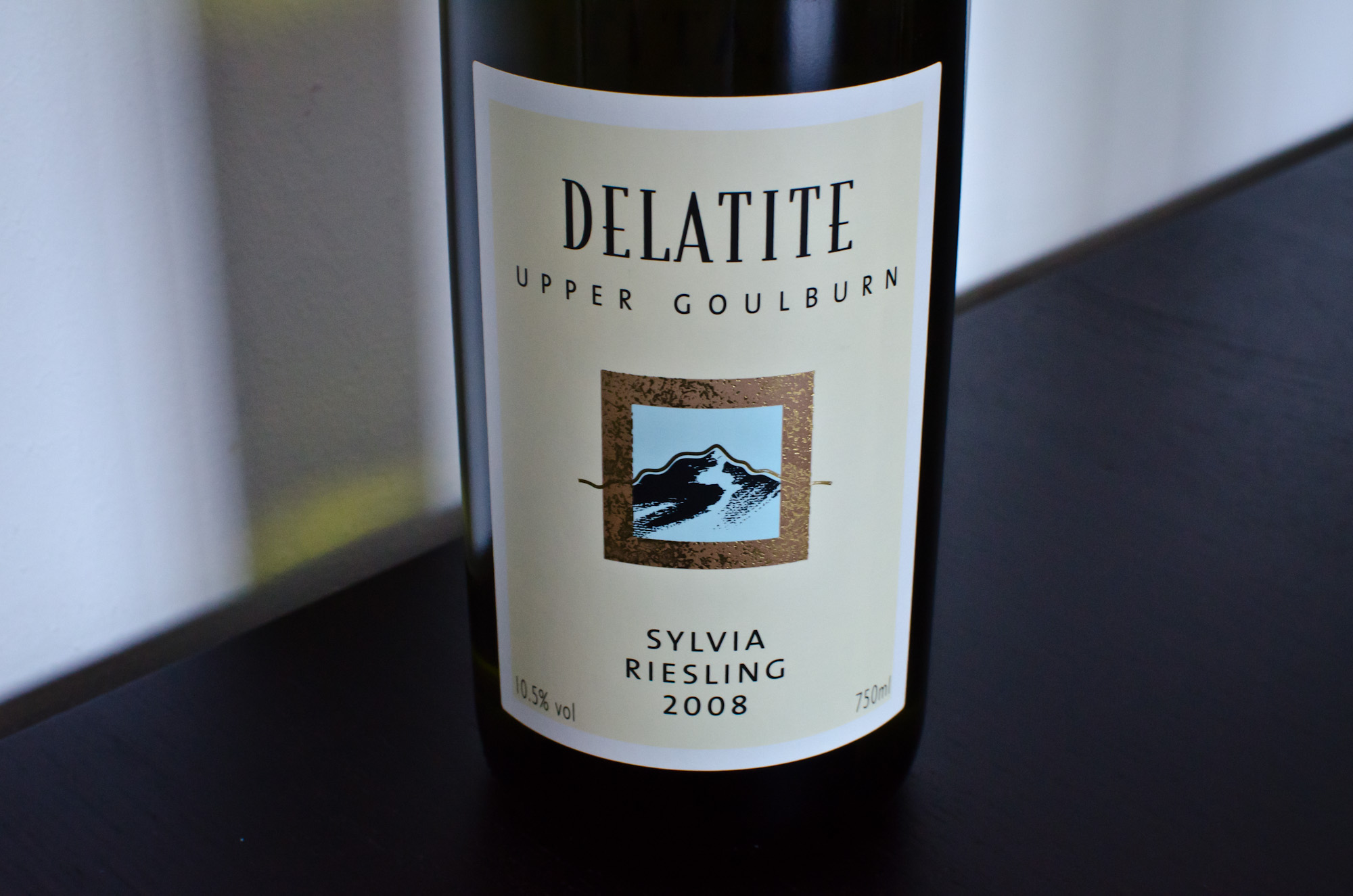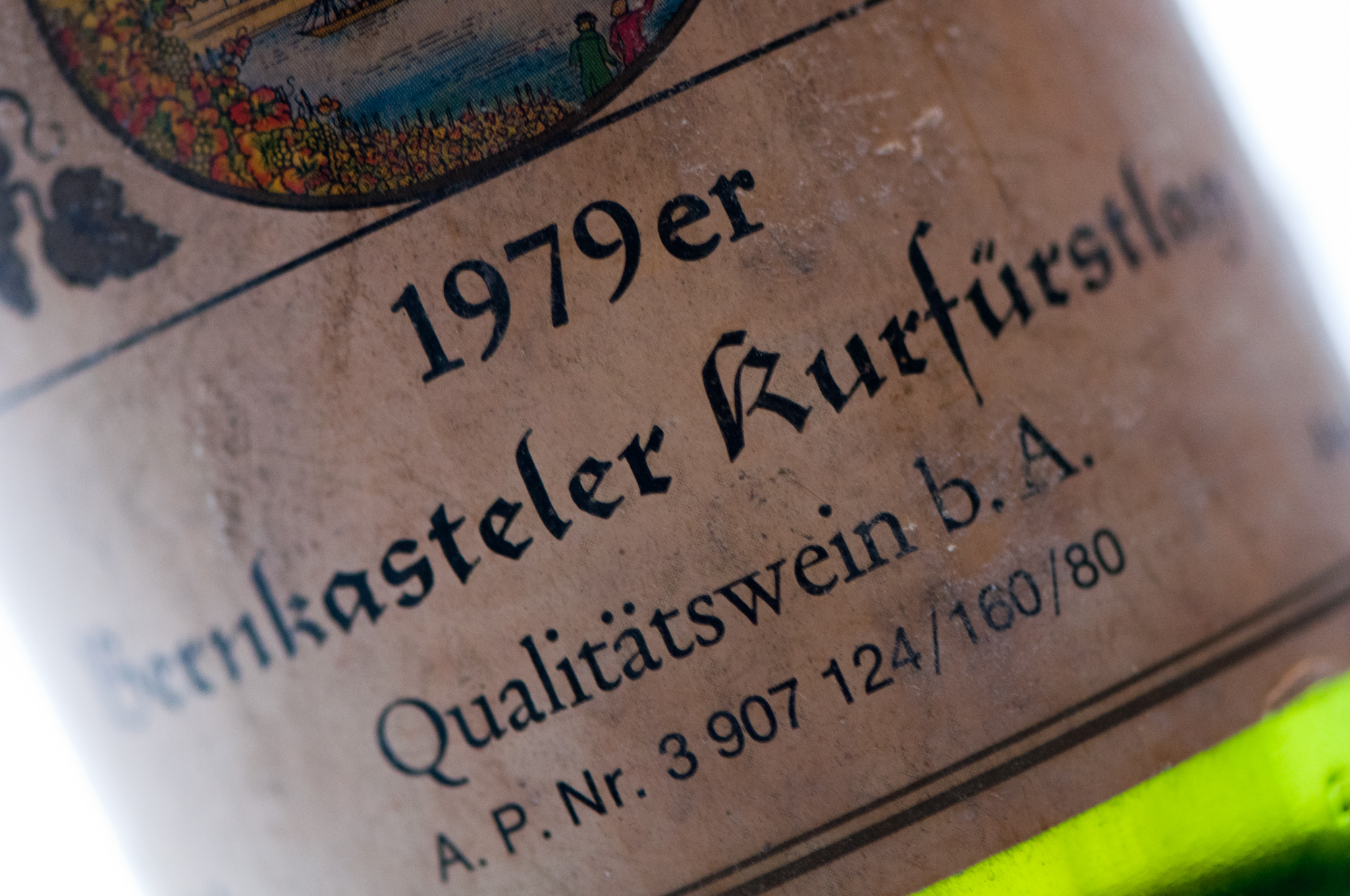Weingut Merkle, Ochsenbacher Liebenberg, Gewürztraminer mit Riesling "Weinhähnchen", 2010
It's a sad thing indeed when a wine lover is failed by a wine, but can a wine also be failed by its tasters sometimes? We had such a case on our hands at a recent Wine Rambler full committee meeting: You judge for yourselves whether we are being too hard on ourselves. While the dry wines that go with dinners at Wine Rambler Munich HQ are usually settled on beforehand, the dessert offering is, for some reason, usually selected spontaneously during the course of the evening after lively, alcohol-fuelled debate. This has led to some very fortunate choices, inspired by the moment, but sometimes, some prior planning would have been preferable.

When the name Merkle came up on the most recent of these occasions, I thought of the 2009 Riesling-Gewürztraminer cuvée I had tasted at the winery last year. I remembered Gewürztraminer lushness, coupled with the Merkles' typical herbal spiciness, and I remembered above all sweetness. Just the thing, and a change from the more usual Mosel Spätlese or Auslese. I should have realised that the 2010 I had in my cellar was as different from the previous vintage as can be:









